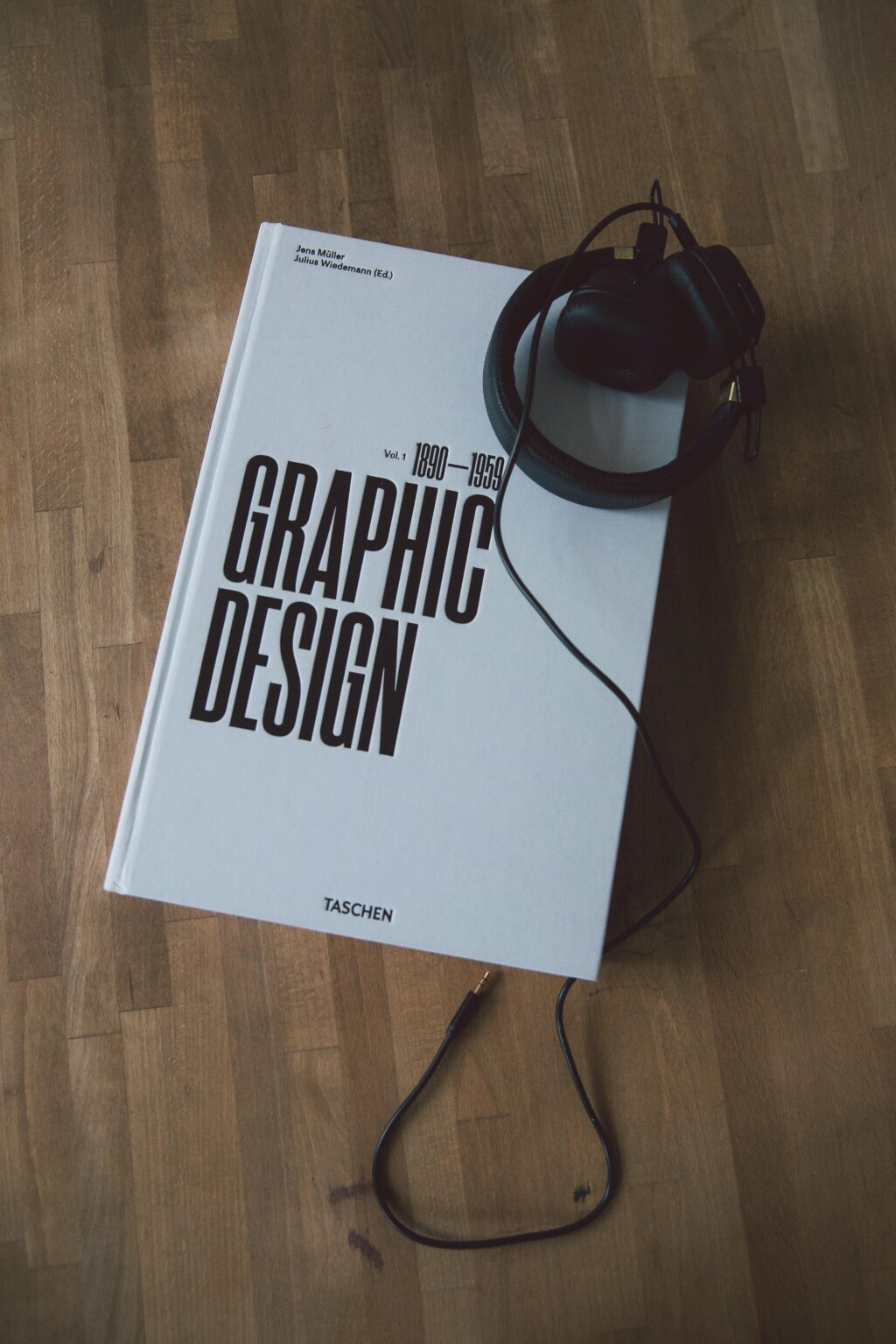Graphics Designer
What is a Graphic Designer ?

A Graphic Designer is a creative professional who uses visual elements such as typography, images, and color to communicate messages and ideas. They work with digital or print media, creating designs for advertisements, websites, logos, brochures, and other visual content. Graphic designers blend art and technology to deliver aesthetically appealing solutions to communication problems.


Education Eligibility for Graphic Designers

To become a graphic designer, the following educational qualifications are generally required:
- High School Diploma: Basic education in subjects like art, design, and computer science can be beneficial.
- Bachelor’s Degree: While not always mandatory, a degree in graphic design or related fields (like visual arts or digital media) is typically preferred. Programs usually last 3-4 years and include courses in design principles, color theory, typography, and software tools.
- Certifications/Short Courses: There are many online and offline certifications available for graphic design tools (e.g., Adobe Photoshop, Illustrator) and specialized design techniques.
Some universities or colleges may accept students with strong portfolios even if they haven’t completed formal educational requirements.
Handicapped Eligibility
There are no specific restrictions for handicapped individuals to become graphic designers. In fact, the design industry can be an accessible career for people with disabilities, particularly if they have proficiency with design software and a strong creative eye. In some cases, specialized tools or accommodations may be necessary, such as voice recognition software or accessible workspaces. Disability rights and inclusivity policies in many regions encourage equal opportunities.

Admission Process

Admission to graphic design programs at colleges or universities typically involves:
- Application Form: Complete the university’s online application form.
- Portfolio Submission: Many schools require applicants to submit a portfolio of their work (even if it’s just personal or school projects) to showcase their skills.
- Entrance Exam (if applicable): Some universities or design institutes may conduct written or practical exams to assess your understanding of design concepts.
- Interview: Some programs may also require a personal interview to assess the applicant’s passion and creativity.
Entrance Exam
Some institutions may have entrance exams to test creativity, technical knowledge, and design aptitude. These exams typically evaluate:
- Design skills: Drawing, sketching, and understanding design principles.
- General knowledge: Basic knowledge of art history, design techniques, and sometimes general aptitude.
- Software proficiency: Some exams might include tasks using design software like Adobe Photoshop or Illustrator.
However, many graphic design programs may also admit students based on their portfolio and academic achievements instead of an entrance exam.

Colleges and Universities Offering Graphic Design Programs

Several well-known universities and institutions offer graphic design courses. Some of the best include:
- Rhode Island School of Design (USA)
- California Institute of the Arts (USA)
- University of the Arts London (UK)
- Savannah College of Art and Design (USA)
- Delhi University (India) for design-related courses
- NID (National Institute of Design, India)
These programs typically offer degrees in Graphic Design, Visual Arts, Digital Media, or related fields.
Scholarships for Graphic Design Students
There are several scholarships available for graphic design students, both based on merit and need. Some popular options include:
- Adobe Design Achievement Awards: A global competition that rewards students for their creative work in digital media.
- AIGA Worldstudio Scholarships: Specifically for underrepresented students pursuing design-related programs.
- Design Scholarships at specific colleges: Many universities offer design-specific scholarships for incoming students.
Additionally, general art and creativity scholarships from organizations or foundations in various regions can apply to graphic design studies.
Graphics Designer Time and Expenses
- Time Investment: A typical day in a graphic designer’s job involves 6-8 hours of work, depending on the deadlines and workload. Freelancers may have more flexible hours, while agency designers may need to work longer during busy periods.
- Expenses:
- Software: Adobe Creative Cloud subscription (Photoshop, Illustrator, etc.) is a significant ongoing expense.
- Hardware: High-performance computers, graphic tablets, and other equipment.
- Education: Costs for a formal education in graphic design or specialized courses.
Average Income of a Graphic Designer
- Entry-Level: $40,000–$50,000 per year (USD) depending on location and experience.
- Mid-Level: $50,000–$70,000 per year (USD).
- Senior-Level: $70,000–$90,000+ per year (USD).
Freelancers or those in high-demand locations may earn more, while salaries may differ based on country, experience, and company size.
Growth in Career as a Graphic Designer
Graphic design has strong career growth prospects. As digital marketing, e-commerce, and media industries expand, the demand for skilled designers is expected to rise. With experience, designers can progress into senior roles such as:
- Senior Graphic Designer
- Creative Director
- Art Director
- UX/UI Designer
- Brand Manager
Graphic designers with specialized skills (e.g., web design, motion graphics) may have more opportunities in tech-focused roles.
Specializations in Graphic Design
Graphic designers can specialize in several fields:
- Web Design: Designing websites, web interfaces, and mobile apps.
- Branding: Creating logos, visual identities, and brand styles.
- Illustration: Creating custom graphics or illustrations for print or digital use.
- Motion Graphics/Video Design: Creating animations or video graphics.
- User Experience (UX)/User Interface (UI) Design: Focusing on the interaction and usability of digital products.
Scope in Government and Private Sector
- Government: Graphic designers can work in government departments or public organizations, handling design work for advertising, communications, publications, and digital media. Opportunities exist at state, local, or national levels.
- Private Sector: Most graphic designers work in the private sector, including advertising agencies, marketing firms, design studios, media companies, or as freelancers. Private-sector jobs often provide higher pay and more opportunities for advancement.
Special Eligibility for Disabled Persons
-
For handicapped or disabled individuals, eligibility for graphic design education and employment is generally the same as for others. However, certain accommodations or assistive technologies (e.g., screen readers, voice-to-text software) may be available to ensure equal access to education or the workplace.

What Work Will I Have to Do at My Workplace?

As a graphic designer, your work will involve:
- Creating Designs: Developing visual content for print and digital media such as brochures, websites, ads, and social media graphics.
- Collaborating: Working with clients, marketing teams, or other designers to understand design needs and feedback.
- Software Usage: Using design software like Adobe Photoshop, Illustrator, InDesign, and other creative tools.
- Concept Development: Generating new ideas for logos, branding, and layouts.
- Client Interaction: Presenting design concepts to clients and making necessary revisions based on feedback.
- Managing Deadlines: Ensuring all projects are completed on time, managing your time effectively, and adjusting to fast-paced work environments.
Overall, graphic design involves both creative tasks and technical skills to produce visually appealing content across various mediums.

